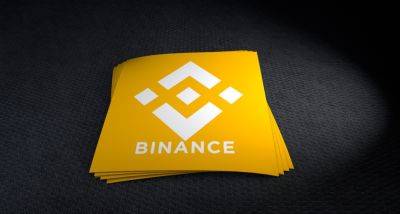European countries are banking on blockchain. Here’s how jobs in the sector are growing
By Kirstie McDermott
When you say “blockchain,” many people’s Pavlovian response is “crypto”. And sure enough, blockchain – a decentralised, digital ledger technology that enables secure and transparent peer-to-peer transactions without the need for intermediaries – is the backbone of most cryptocurrencies.
It is the technology underpinning Bitcoin. The original Bitcoin blockchain was designed as an immutable public ledger that records all Bitcoin transactions.
Because it's impossible to change historical records on this ledger, everyone can see how many Bitcoins were transferred from one account to another at any given point in time - which makes it impossible for people to lie about how much money they have or where their funds came from.
It is also a relatively new technology. Invented in 2008 by an unknown person or persons using the pseudonym Satoshi Nakamoto (The word "Satoshi" means "clear thinking, quick-witted" in Japanese), it has a myriad of uses beyond digital currencies.
Nowadays, the use cases for blockchain technology have grown enormously. One obvious initial sector for adoption was that of banking and finance, and the technology is already extensively used in the wider finance sphere for payments, remittances, digital identity and asset management.
In fact, blockchain technology is helping the traditional pillar banks move into the fintech and neo-banking spaces.
In 2017, IBM began a project to build blockchain technology for a consortium of seven of Europe’s largest banks, including HSBC and Rabobank. The aim was to facilitate international trade for small and medium-size enterprises.
These days, you’ll find blockchain technology used in the day-to-day operations of many big and household name companies,
Read more on euronews.com

 euronews.com
euronews.com




















